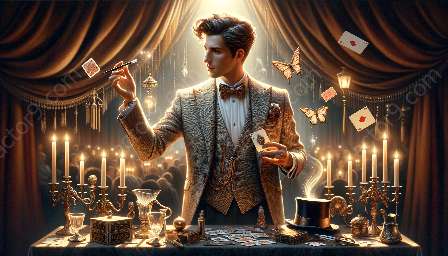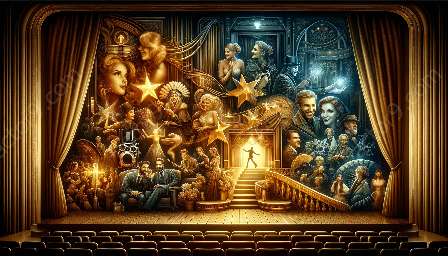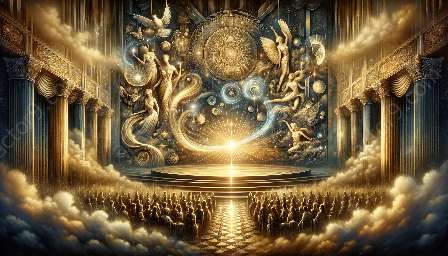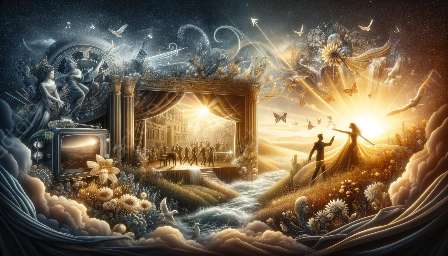Magic and illusion have captivated audiences for centuries, and much of their appeal lies in the way magicians play with our expectations. In this comprehensive topic cluster, we will delve into the intricate techniques magicians use to create and manipulate expectations in their audience, drawing on the fascinating psychology of magic and illusion.
The Psychology of Expectations in Magic
Before we explore how magicians manipulate expectations, it's essential to understand the psychological principles at play. Our brains are wired to make predictions based on our past experiences and knowledge. When these predictions are disrupted, whether through sleight of hand or misdirection, it creates a sense of wonder and amazement.
Suspension of Disbelief
One of the fundamental concepts in magic is the suspension of disbelief. Magicians rely on this psychological phenomenon to create an environment where the audience is willing to accept the impossible as possible. By carefully crafting their performances, magicians gradually build and manipulate the audience's expectations, leading to a captivating experience.
Creating Anticipation and Tension
Magicians are masters at building anticipation and tension in their audience. By setting the stage for a seemingly impossible feat, they heighten the suspense and excitement. This process involves skillful storytelling and the strategic use of body language, verbal cues, and props to establish and manipulate the audience's expectations.
Misdirection and Attention Manipulation
Misdirection is a cornerstone of magical deception. By diverting the audience's attention away from the secret actions and mechanisms, magicians shape their expectations and lead them down the path of astonishment. Understanding the nuances of human attention and perception allows magicians to craft illusions that defy rational explanation.
The Power of Surprise and Revelation
The moments of surprise and revelation in magic performances are carefully orchestrated to subvert the audience's expectations. Whether it's a sudden appearance of an object or the revelation of a hidden truth, magicians skillfully navigate the psychology of surprise to evoke wonder and awe in their audience.
Emotional Engagement and Cognitive Bias
Magicians leverage emotional engagement and cognitive bias to influence the expectations of their audience. Through strategic use of empathy and relatability, they create a deeper connection with the spectators, influencing their perception and setting the stage for mesmerizing illusions.
The Art of Persuasion and Influence
At its core, magic is a form of persuasion and influence. Magicians employ psychological principles such as framing, priming, and suggestibility to shape the expectations of their audience, leading them on a journey of amazement and disbelief.
Interactive Participation and Covert Communication
Interactive participation in magic acts allows magicians to subtly guide the audience's expectations through covert communication. By engaging the spectators in the performance, magicians influence their thought processes and anticipation, creating an immersive and impactful experience.
Conclusion
In conclusion, the art of magic and illusion is deeply intertwined with the psychology of expectations. By understanding and manipulating the audience's cognitive processes, emotions, and perceptions, magicians create captivating performances that challenge reality and leave an indelible impression. The interplay between psychology and magic continues to fascinate and mystify audiences worldwide, making it a rich and enduring subject of exploration.


















